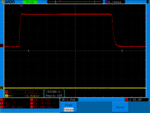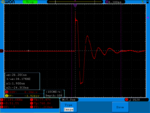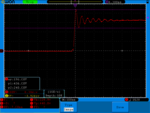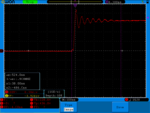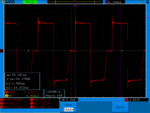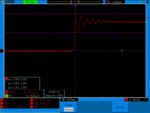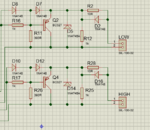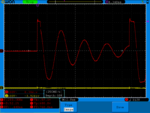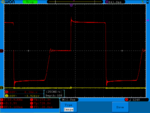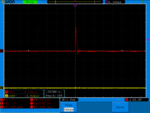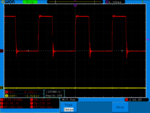jagdeepsingh3@hotmail.it
Member level 3
High side IGBT damaging 2 switch forward converter
Hello guys i want to ask few things:
1: how to calculate resistor and capictor values of snubber circuit.
2: i'm testing this circuit and with 60v on output and 6.5 ohm resistive load the high side mosfet burns could someone please help me?
sorry for my bad english.
thanks
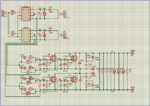
- - - Updated - - -
some mistakes:
1: high side and low side igbts burns i checked it now
and here are some waveforms coming from hcpl-3120
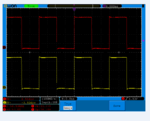
Hello guys i want to ask few things:
1: how to calculate resistor and capictor values of snubber circuit.
2: i'm testing this circuit and with 60v on output and 6.5 ohm resistive load the high side mosfet burns could someone please help me?
sorry for my bad english.
thanks

- - - Updated - - -
some mistakes:
1: high side and low side igbts burns i checked it now
and here are some waveforms coming from hcpl-3120

Last edited:
